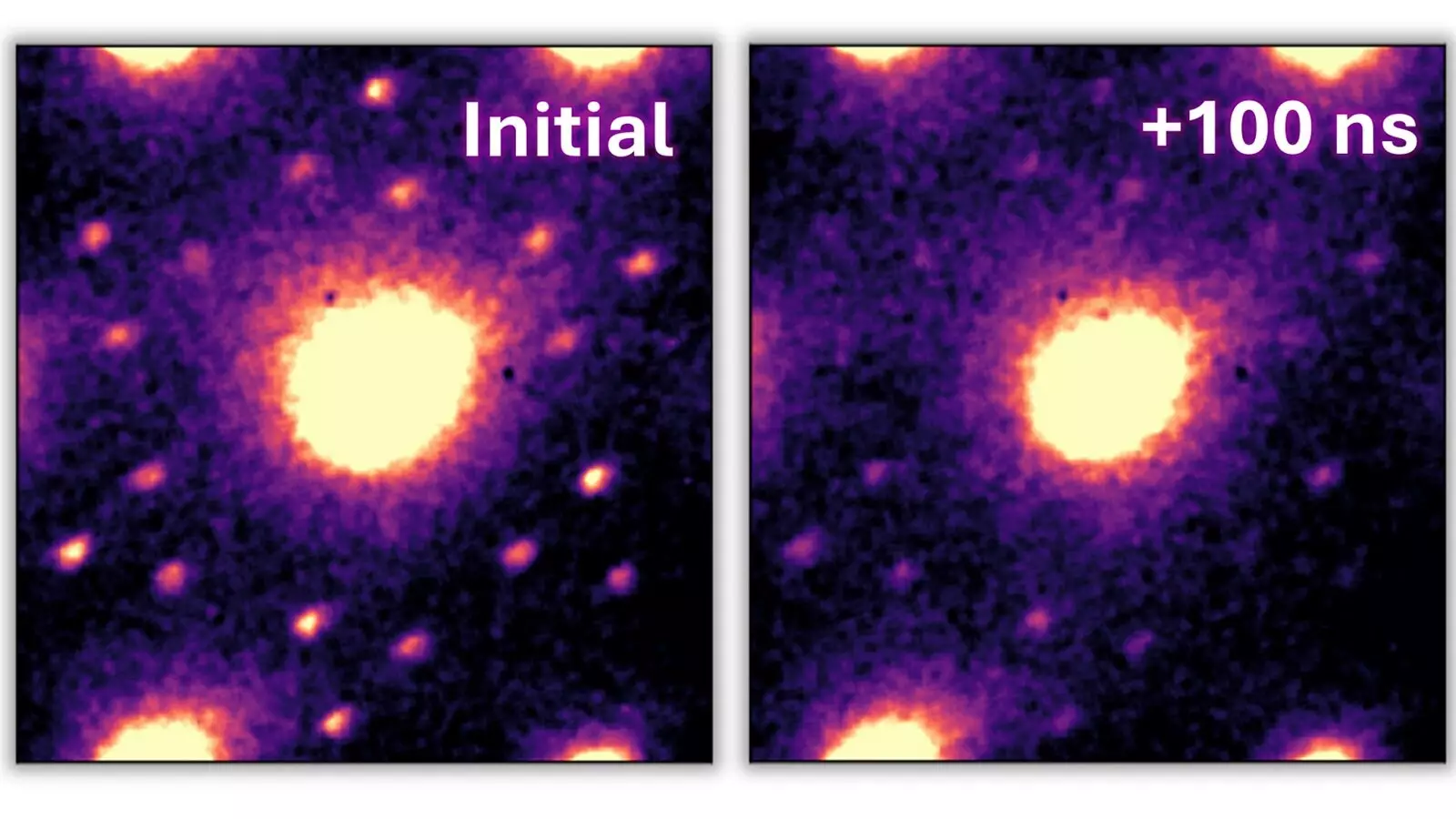In an era where supercomputers are pivotal for scientific advancement, their colossal energy demands pose significant challenges. Current supercomputers consume energy comparable to that of thousands of households, resulting in a staggering carbon footprint that burdens the environment. As the appetite for computational power grows, the need for sustainable solutions becomes critical. A paradigm shift is essential, making way for innovative technologies that reduce energy consumption without sacrificing performance. Researchers are now exploring an exciting frontier—leveraging artificial neural networks to enhance energy efficiency dramatically.
The Promise of Charge Density Waves
Central to these advancements are charge density waves, phenomena that exhibit wave-like electron patterns across various materials, effectively mimicking the operations of human neural networks. These waves are not just abstract physics concepts; their manipulation could lead to breakthroughs in computing technology. The resistance properties of these waves can be toggled on and off, offering a pathway to developing more energy-efficient systems. However, the intricacies of how these dynamics unfold and their swift transitions, occurring in mere billionths of a second, remain shrouded in mystery.
Understanding these processes is paramount, as it opens avenues to innovative energy-efficient computational methods. The recent research emanating from the Argonne National Laboratory shines a spotlight on how we can study these charge density waves and, in turn, unlock their vast potential.
Innovative Techniques from Argonne National Laboratory
The team at Argonne, utilizing cutting-edge ultrafast electron microscopy, has introduced avant-garde methodologies to probe these fleeting charge density dynamics. Tantalum sulfide (1T-TaS2) has emerged as the material of choice for this exploration. The ability of this compound to form charge density waves at ambient temperatures makes it highly relevant for practical applications.
In their groundbreaking study, researchers employed electrical pulses to observe and understand the behavior of these waves within 1T-TaS2. Initial hypotheses suggested that the injected high electric fields would directly drive resistance switching. However, the ultrafast electron microscope unveiled two remarkable revelations. Firstly, the resistance change occurred not because of the electric pulse itself but due to the heating effects produced by the current. Secondly, the applied pulses instigated vibrations reminiscent of drum beats, causing a reconfiguring of the wave arrangement.
These findings, articulated by postdoctoral researcher Daniel Durham, draw an intriguing parallel between neuronal activation in the human brain and the observed behavior in 1T-TaS2. The implications of this resemblance extend beyond mere physics; it bridges the gap between computational efficiency and biological processes.
Toward a Future of Sustainable Microelectronics
This significant leap in understanding lays the groundwork for further studies into the manipulation of charge density waves across various materials. With an ever-growing demand for smaller and more efficient microelectronic devices, 1T-TaS2’s remarkable properties are becoming increasingly appealing. This material’s potential for incorporation into nanoscale layers allows for future applications that stretch across numerous technological fronts.
Materials scientist Charudatta Phatak emphasizes the broader implications of these findings, pointing out that mastering the control of charge density waves could revolutionize the properties of other materials as well. The ability to tailor these characteristics means that the emerging technologies could very well redefine our approach to multiple domains, including communication, computation, and sensing.
Transforming Technology with Neuromorphic Computing
As we look toward a future driven by neuromorphic computing, the insights gleaned from Argonne’s research are not just academic; they could catalyze the transition to energy-efficient supercomputing. The characteristics of charge density waves, closely aligned with neuronal function, paint an optimistic picture. By encoding intelligent behavior through electronics that mimic biological systems, we stand on the cusp of a technological metamorphosis that could power everything from everyday devices to advanced research systems.
This research serves as a beacon of hope in the quest for sustainable supercomputing, blending the realms of physics, materials science, and computational ingenuity. As we continue to untangle the complexities of charge density waves, the possibilities—both for energy efficiency and functional advancements—are boundless. The effort to transform computing, guided by the principles of nature, embodies the innovative spirit required to confront the pressing energy challenges of our time.


Leave a Reply